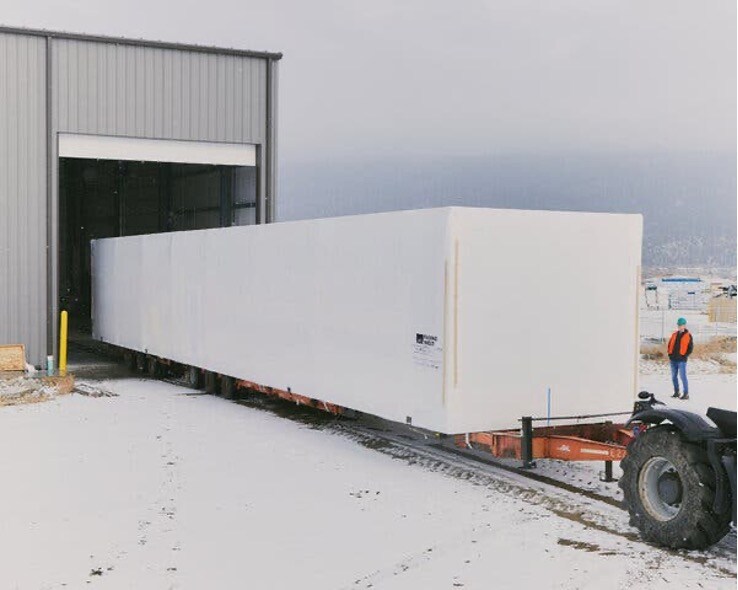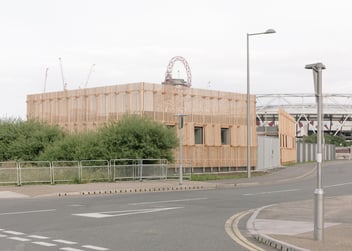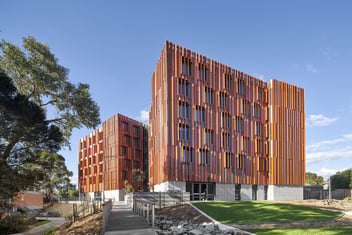Why Do We Build Homes in the Same Way That We Did 125 Years Ago?
In December 2023, Binyamin Appelbaum's New York Times op-ed, “Why Do We Build Homes in the Same Way That We Did 125 Years Ago?” questioned why there has been a lack of innovation in construction methods over the years, arguing that traditional on-site construction is too slow and expensive amid a housing crisis.
In 2022, building a house took an average of 8.3 months, a month longer than in 1971. In theory, this negatively contributes to the housing shortage, drives up home prices and forces many into an expensive and overpopulated rental market.
Appelbaum advocates for modular housing as a solution. Despite its slow adoption, we all know that modular construction can significantly reduce build time and costs. He cites Fading West, a start-up in Colorado, that can complete homes in half the time and at 80% of traditional costs, highlighting advancements in manufacturing that make modular housing more viable.
But modular homes don’t have the best reputation for being beautifully designed and lack the bespoke attention of traditionally designed homes. This perception of modularity equaling "cookie-cutter" has hindered their popularity. However, firms like Paris-based Cutwork are attempting to address these issues. Their ReHome system, initially designed for post-war Ukraine, uses stackable, flexible concrete blocks to create cost-effective, customizable apartment buildings. This method reduces on-site construction time by up to 40% and adapts to various environments, while still allowing for a level of individuality.
Appelbaum argues that embracing modular housing is essential for addressing the housing crisis, do you think he’s right?






